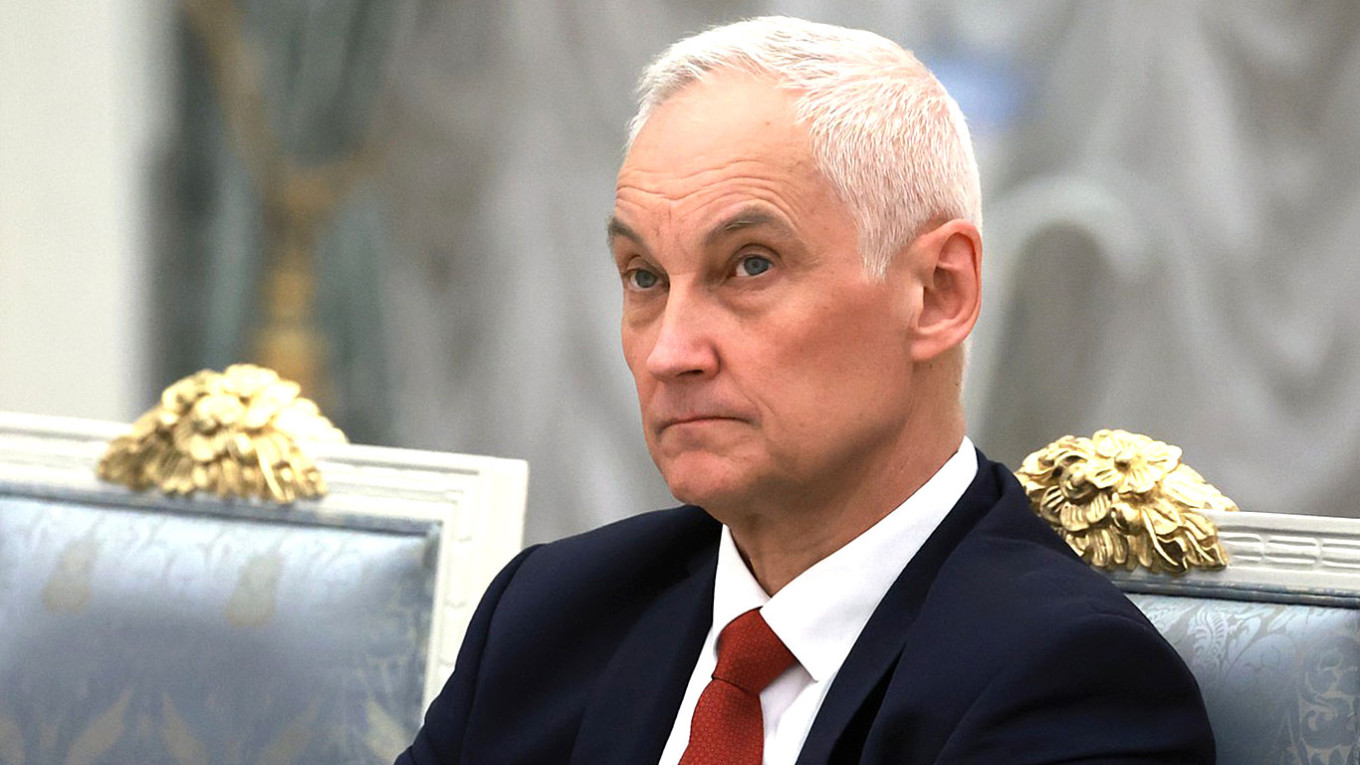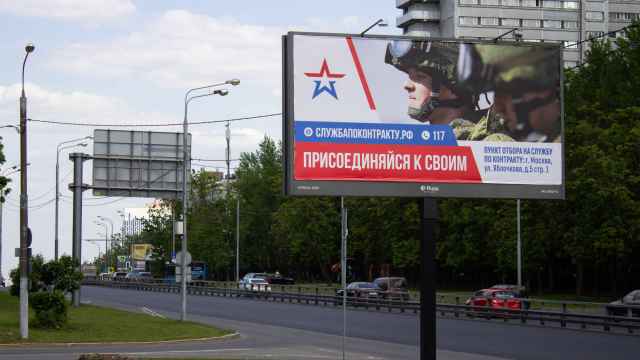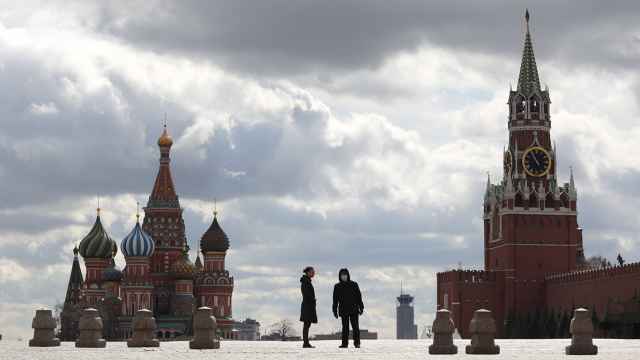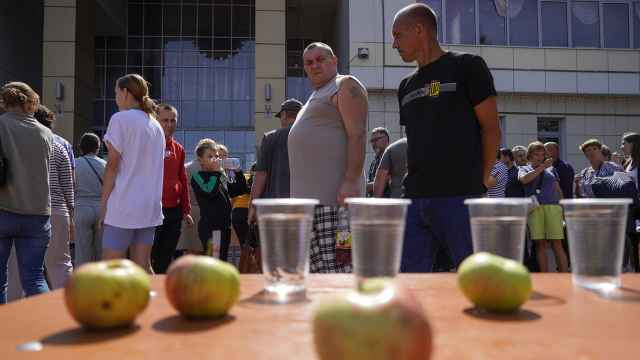Andrei Belousov’s sudden elevation to defense minister has thrust the governance of Russia’s economy back into the limelight. It also caps off a long-running effort on Belousov’s part to break the economy out of its period of low growth, an effort now inseparable from the requirements of the war with Ukraine.
Even in a system driven by personal loyalties and self-interest, ideas matter. Belousov has long been one of Russia’s most credible proponents of state intervention within a market economy. This credibility was won by decades of experience as a forecaster sifting through the minutiae of economic statistics before joining the Economic Development Ministry and presidential administration.
He became a leading advisor within the Kremlin in 2013, when he railed against fears of stagnation among the much-vaunted technocracy. His reasoning that Russia’s stagnation is a product of poor thinking rather than a lack of reserves matters a great deal today.
When a country like Russia has a large trade surplus it implies the existence of a large pool of savings because it is producing more than it is consuming. As a matter of somewhat simplified accounting, it follows that a nation’s output exceeds its total consumption, investments, and government expenditures. The balance between savings and investment determines the trade balance. Surplus economies have savings to spare.
Under intense financial sanctions, the room to run down currency reserves to back spending becomes limited. But so long as oil exports sustain a large trade surplus, foreign currency and savings to invest are available. Little wonder why last year’s three-year budget announcement was foregrounded with talk of the need to mobilize the country’s financial resources for its development.
Belousov’s name is now associated with the buzz phrase “military Keynesianism.” But this is an exaggeration. Russia’s technocrats are so enamored with neoclassical thinking about state spending that anyone who suggests even the smallest amount of intervention is Keynesian in comparison.
In the 12 years before 2022, Russia’s collective consolidated budget ran a cumulative deficit of less than 1% of GDP. This is despite multiple external shocks and the immense need for social spending and capital investment the country faces. Even now, official budget targets attempt to limit deficit spending to roughly 2% of GDP, showing an orthodoxy averse to Keynesian levels of spending.
Nor can the current economy be neatly described as wartime Keynesianism, despite the growth effect of military spending and consumption. Much of the wartime growth model’s success has come from the perversely positive effects of Russia’s poor demographics and past austerity policies on the labor market. For example, military spending on regions lacking other sources of employment or high incomes has brought large numbers of Russians into the formal job market, including pensioners in need of extra income.
But the few signs of success in Russia’s wartime economy, like rising wages, only expose its weaknesses and the unsuitability of the “wartime Keynesian” label. It is a shortage of labor and materials for construction and manufacturing — not money — that is causing Russia’s economic challenges. While military-industrial output has risen dramatically since 2022, civilian output has largely remained flat. Most of the output increase has depended on maximizing what existing factories and assets can do or redirecting their capacity toward the war. Higher wages have allowed Russians to buy more imports or invest more in domestic real estate. Further increases require higher levels of investment outside of the defense sector and, most importantly, more people.
In short, Russia’s economic constraints are material, not financial. Shortages of labor may lead to high wages and greater tax revenues, but they also create large inflation risks as businesses raise prices to offset labor costs. So do any increases in imports to buy consumer goods since they eat into the country’s trade surplus, weakening the ruble.
Inflation is the primary restraint on how much the Russian state can spend as money collides with the limited availability of labor and materials. However, the imposition of capital controls has weakened traditional channels affecting inflation through the exchange rate. Economic Development Minister Maxim Reshetnikov has openly acknowledged the economy can develop with inflation running above the central bank’s target. Clearly, a rethink of running the economy like this is underway, as previously held assumptions that keeping interest rates down is less important than maintaining demand have been shown to no longer work in wartime.
Belousov was the leading administrator within the cabinet during Covid to articulate a rough system of inflation management for key commodity inputs, namely grain and other foods and metals products used for construction. The state applies export duties at certain price levels for different commodities to force domestic producers to redirect their production to the domestic market. There, informal pressure, agreements, and controls on tariffs protect consumers by limiting further price increases among wholesalers and retailers.
Looking forward, similar arrangements may become more commonplace for labor and elsewhere across the economy. Overseeing years of tax negotiations with the metallurgical sector is equally important given their role in supplying inputs for the war. Social unrest associated with rapid price increases must be minimized while maximizing production.
Considering this, Belousov’s rise illustrates the limits of the belief that there truly is an economic technocracy who are the adults in the room. That the current surge in defense spending has produced more growth than anticipated is a testament to how much the technocrats strangled growth in past years when the economy suffered a shortage of aggregate demand and capital investment into infrastructure and other needs.
Sanctions have undoubtedly harmed the Russian economy. Their unintentional legacy may have been to force Putin to fully commit to a new economic growth model after refusing to do so for more than a decade.
As early as 2016-2017, Rostec chief Sergei Chemezov lobbied the government to rely on military-industrial firms to diversify into civilian production. Observers should not forget that in 2021, Putin signed off on nominal targets for half of the defense sector’s production to be oriented toward the civilian economy by 2030. Defense spending’s multiplier effect will be stretched further.
We can already see this thinking at work with the Defense Ministry, where Belousov has been tasked with managing the coordination and procurement of domestic and foreign dual-use goods. One way around inflationary bottlenecks for further growth is to find ways to leverage defense manufacturing sites that have become more efficient by necessity to produce more civilian goods, especially dual-use ones, in tandem.
The more that is spent on the war, the more it drives the economy. The more the war drives the economy, the more interests are invested in continuing fighting and thus the new spending and growth paradigm. Putin is not just settling into an industrial struggle. He is creating an enduring material base for his regime from this “forever war.”
Belousov’s task today is thankless, akin to overseeing the acceleration of a model that is destroying future growth by transferring countless lives and resources to grisly ends or unproductive uses. There is no viable way to sustain current conditions indefinitely, especially as the oil demand outlook shifts. Even if he cannot fix the economy, he will remain its chief fixer. The relatively easy part of adapting to sanctions is over. What comes next will require increasingly difficult tradeoffs.
This article does not represent the views of the author’s employer.
A Message from The Moscow Times:
Dear readers,
We are facing unprecedented challenges. Russia's Prosecutor General's Office has designated The Moscow Times as an "undesirable" organization, criminalizing our work and putting our staff at risk of prosecution. This follows our earlier unjust labeling as a "foreign agent."
These actions are direct attempts to silence independent journalism in Russia. The authorities claim our work "discredits the decisions of the Russian leadership." We see things differently: we strive to provide accurate, unbiased reporting on Russia.
We, the journalists of The Moscow Times, refuse to be silenced. But to continue our work, we need your help.
Your support, no matter how small, makes a world of difference. If you can, please support us monthly starting from just $2. It's quick to set up, and every contribution makes a significant impact.
By supporting The Moscow Times, you're defending open, independent journalism in the face of repression. Thank you for standing with us.
Remind me later.






